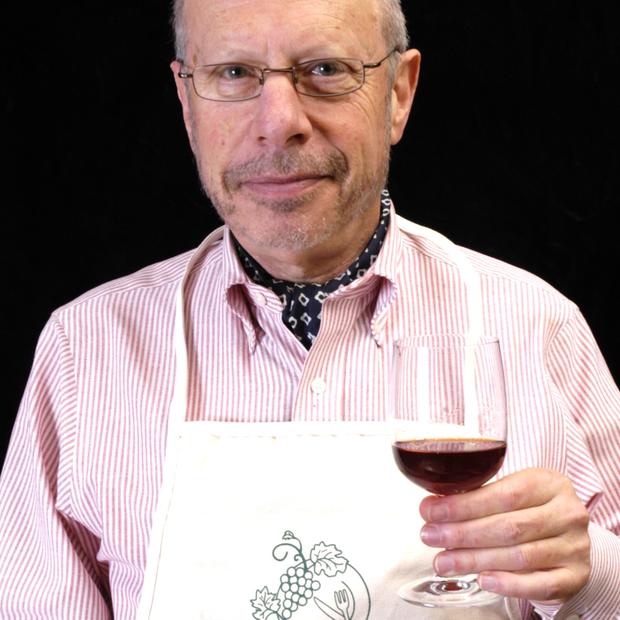The bright folks at the U.S. Department of Agriculture have labored mightily and laid an egg.
Six years ago — the blink of an eye, the rumble of an overfed tummy, but still, over 2,000 square meals ago — they released a confusing striped food pyramid to replace the layered original, and they added stairs to suggest exercise.
In a stroke of revisionist history, the site "MyPyramid.gov" now resolves to ChooseMyPlate.gov. (It sounds like something Network Solutions suggests when the domain name you want isn't available.) But is the plate any smarter than the pyramid? It's not a pie chart (that would be too cute), but does it make sense? Is it at all useful?
Ask 100 people on the sidewalk "what's a protein?" and I'll bet you get 50 answers, few of them correct. Ask 100 shoppers in the grocery store to point you toward "the protein," I'll bet you get fewer than 10 right answers, even from people who work there. "Protein" is just too vague a term to be helpful.
Consider the USDA's own language:
Dry beans and peas can be counted either in the Vegetable Group (dry beans and peas subgroup) or in the Protein Foods Group (formerly called the Meat and Beans Group), or in both groups. Generally, individuals who regularly eat meat, poultry, and fish would count dry beans and peas in the Vegetable Group. Individuals who seldom or never eat meat, poultry, or fish (vegetarians and vegans) would first count the dry beans and peas they eat in the Protein Foods Group, and then any remaining would be counted in the Vegetable Group.
That's supposed to be the USDA's useful advice. What about someone who drinks a "protein shake"? And what about the protein in dairy products? It's too early to predict the howls from parties whose oxen are gored by the advice to eat less food, but I, for one, am already fed up.

